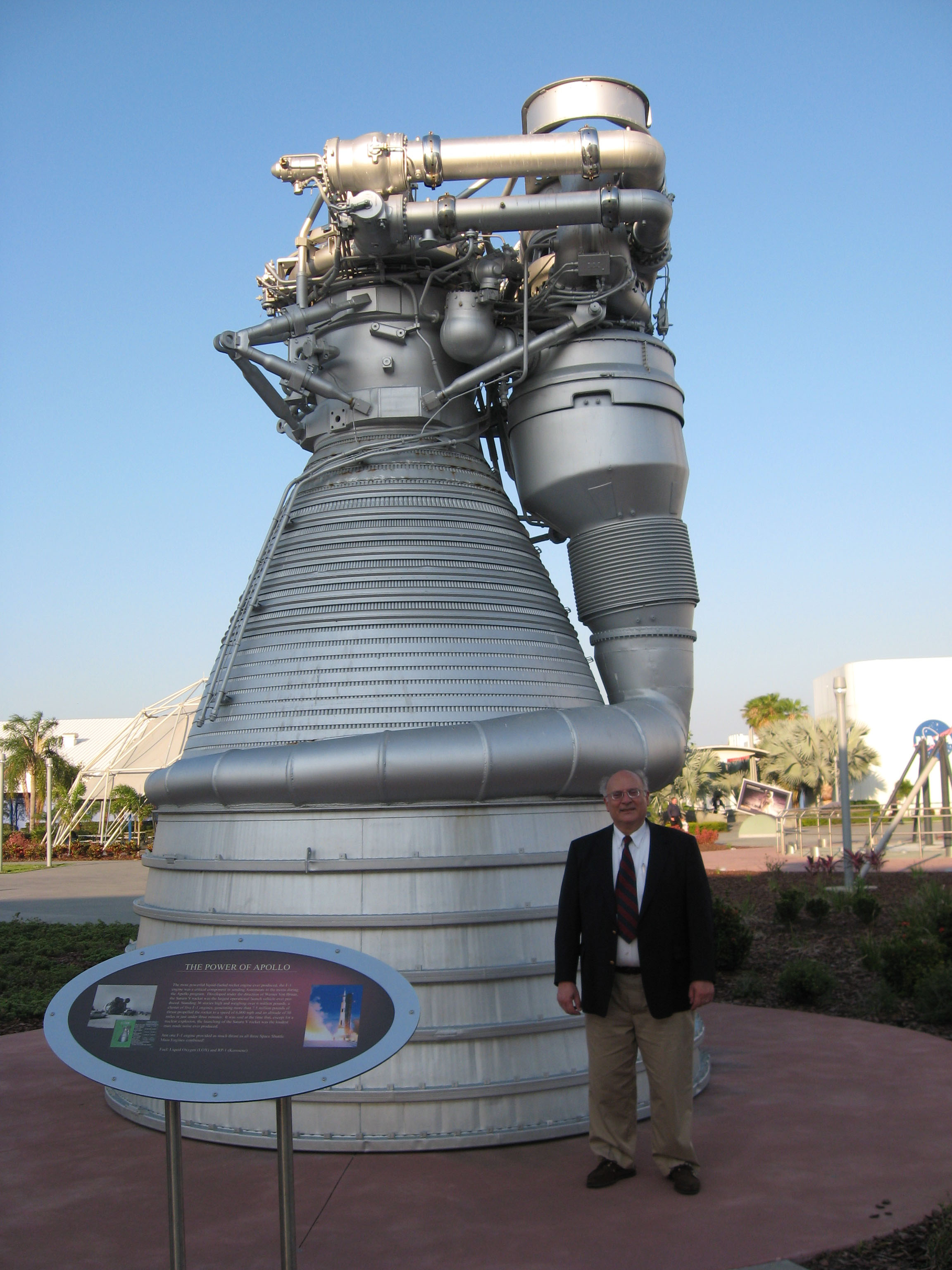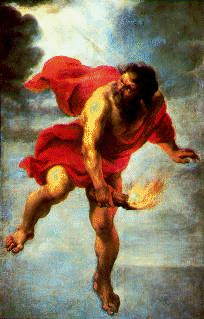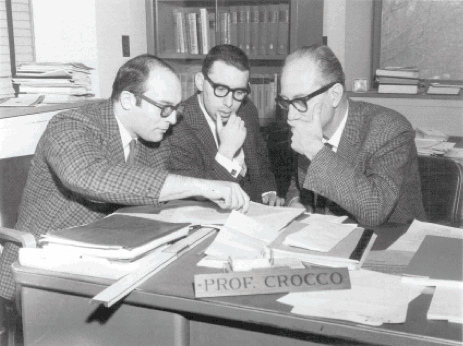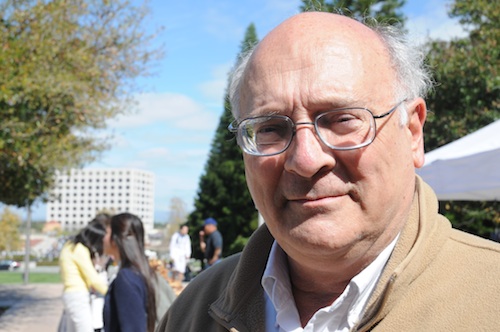Personal information
| Address | 3202 Engineering Gateway University of California Irvine Irvine, CA 92697-3975 |
| sirignan at uci.edu | |
| Phone | 949.824.3700 |
| Fax | 949.824.3772 |
| Professional Interests | Spray Combustion, Turbulent Combustion and Ignition, Aerospace Propulsion, Rocket Combustion Instability, Liquid Injection, Flow and Transport at Supercritical Pressures, Flamelet Theory, Automotive Combustion, Energy Conversion and Air Pollution, Fire Research, Noise Suppression, and Applied Mathematics |
Professor at UC Irvine
Dr. Sirignano was a Professor at Princeton University from 1967 to 1979 after receiving his Ph.D. from there in 1964. He was the George Tallman Ladd Professor and Department Head at Carnegie-Mellon University from 1979 to 1984 before becoming the Engineering Dean at UCI. He left the deanship and currently he holds the Henry Samueli Endowed Chair in Engineering at UCI.
Accomplishments
Professor Sirignano's major forefront research accomplishments include:
- Analysis predicting periodic nonlinear oscillations with shockwaves in an unstable combustor
- Explanation of the nonlinear fluid dynamics associated with Helmholtz resonators
- Determination of admittance for oscillatory, three-dimensional nozzle flows
- Theory for condensed-phase behavior in flame spread above liquid and solid fuels
- Theory for ignition of combustible gas by a hot projectile
- Resolution of vorticity mechanisms in liquid stream breakup
- Improved understanding of multi-branched flames
- Resolution of turbulent flame and propagation in reciprocating and rotary internal combustion engines
- Theory of droplet vaporization and convective heating with internal circulation; computational methods for spray flows
- Theory of droplet interactions in a dense spray
- Analysis of driving mechanisms for combustion instability in rockets and ramjets
- Stochastic analysis of trigger for nonlinear combustion instability
- Concept and analysis for improved efficiency and increased thrust with turbine burners
- Concept and analysis for miniature combustors with liquid-fuel films
- Analysis of fluid flow in trans-critical thermodynamic states
Information for Students
PLEASE READ THE INFORMATION BELOW CAREFULLY IF YOU HAVE ANY INTEREST IN WORKING AS A STUDENT WITH PROFESSOR SIRIGNANO. Realize that he receives many informal inquiries from prospective students daily and IS NOT ABLE TO RESPOND because of the huge amount of time that would be required for responses to all of these communications. Please appreciate that his teaching, student mentoring, and research obligations demand his full attention; thus, an efficient means of communication with prospective students is needed. This website is designed to give those students as much useful information as possible about Professor Sirignano and his research and education interests.
There should be positions for new graduate students this coming Fall in our research group. Stipends and support for tuition and fees can be available when required for admitted students. Professor Sirignano cannot respond with any advice to an inquiry by a prospective graduate student who informally sends a CV and asks for an evaluation of the likelihood of gaining entrance. It is not possible to make a meaningful assessment of any individual's qualifications or likelihood of success at admission without seeing the completed formal application with reference letters in the standard format, transcripts, and official reports of GRE scores. So, it is best to make the formal application if you have a strong interest. If you note on your application that you have a special interest in performing your research for the MS Thesis and / or PhD dissertation with Professor Sirignano, that application should be circulated to him by our administrators responsible for application processing and then he will carefully examine it.
As noted elsewhere in this web site, graduate students who have worked with Professor Sirignano have generally enjoyed very successful professional careers in academia, government, and industry. Several topics of major interests are studied within the group at any one time. The list of publications and the copies of slide presentations for research seminars, given elsewhere in this web site, should provide a useful overview of the research activities. The available graduate courses and degree requirements can be found at the UCI MAE web site http://mae.eng.uci.edu
Many students, especially from foreign universities, communicate with us requesting a research internship with Professor Sirignano. We only accommodate students who are prepared to pay their own costs and can stay for a period of at least one year, which is a minimal time to accomplish a significant piece of research. We receive a large number of internship requests; so, if the ability to spend a year is not clearly stated in the communication from the student, we do not respond. Evidence of top academic standing and four years of university education is required.
Status of Former PhD Students and Postdocs
| J.S. Tien | 1970 | Professor, Case Western Reserve |
| T.S. Tonon | 1972 | Solar engineering industry, New Jersey |
| P. Tang | 1972 | Researcher, Los Alamos National Laboratory, JPL |
| A.K. Varma | 1972 | Researcher, Bell Laboratories |
| C. Bruno | 1973 | Professor, University of Rome, Consultant, UTRC |
| J.R. Bellan | 1974 | Senior Scientist, JPL; Lecturer, Cal Tech |
| T.J. Rosfjord | 1974 | Manager, United Technologies Research Center |
| S. Prakash | 1978 | Professor, University of Roorkee, Hewlett-Packard |
| J.I. Ramos | 1980 | Professor, Carnegie Mellon University and University of Malaga |
| Y.P. Su | 1981 | Propulsion Chief, Lung-Tan Taiwan Government Laboratory |
| M. Micci | 1981 | Professor, Pennsylvania State University |
| A. Birk | 1981 | Researcher, Army Ballistics Research Laboratory |
| S.T. Lerner | 1981 | Senior VP and Chief Technical Officer, Praxair |
| S. Parker | 1981 | Researcher, Aeronautical Research Associates at Princeton |
| A.Y. Tong | 1983 | Professor, University of Texas, Arlington |
| P. Givi | 1984 | Distinguished Professor, University of Pittsburgh |
| G. Patnaik | 1985 | Researcher, Naval Research Laboratories |
| A. Eaton | 1988 | Researcher, Brigham Young University |
| K. Molavi | 1990 | Engineering Consultant, Irvine |
| C.H. Chiang | 1990 | Professor, KaoShiung Polytech Institute, Taiwan |
| D. Schiller | 1991 | Engineer, Boeing, Huntington Beach |
| R. Bhatia | 1993 | Manager, Dell Inc. |
| J.P. Delplanque | 1993 | Professor and Dean of Graduate Studies, University of California, Davis |
| M. Masoudi | 1998 | Engineer, Bosch |
| C. Mehring | 1999 | Professor, University of Stuttgart |
| F. Cheng | 2008 | Family manufacturing business, Hong Kong |
| S. Dabiri | 2009 | Assistant Professor, Purdue University |
| G. Wu | 2010 | Researcher, FLUENT |
| B. Colcord | 2011 | Data analyst, New Zealand Air |
| D. Jarrahbashi | 2014 | Assistant Professor, Texas A&M |
| T. M. Nguyen | 2018 | Researcher, Sandia Laboratories |
| A. Jorda Juanos | 2018 | Researcher, Simerics, Inc. |
| A. Zandian | 2018 | Researcher, Convergent Science Inc. |
| A. Chervinsky | Deceased, formerly Lecturer, Technion |
| O.P. Sharma | Professor, IIT, Kampur |
| C.C. Feng | Professor, Trenton State College |
| C.K. Law | Professor, Princeton University |
| F.V. Bracco | Deceased, formerly Professor, Princeton University |
| H.S. Homan | Exxon Research Laboratories |
| J. Humphrey | Deceased, formerly Professor, UCB and U. of Va. |
| A. Gany | Professor, Technion |
| L. Caveny | Air Force SDI Office |
| S.K. Aggarwal | Professor, University of Illinois, Chicago |
| R. Tal | Israel Defense Industry |
| R.H. Rangel | Professor, UCI |
| M.S. Raju | NYMA Researcher at NASA Glenn |
| B. Abramzon | Consultant, Israel |
| B. Cetegen | Professor and Department Chair, University of Connecticut |
| G. Continillo | Researcher, CNR, Italy and Professor, Universita del Sannio |
| C.M. Megaridis | Professor, University of Illinois, Chicago |
| F.H. Tsau | Researcher, Industrial Technical Institute, Taiwan |
| E. Gutheil | Professor, University of Heidelberg |
| J. Cai | Professor, Northwest Polytechnic University, China |
| P. Popov | Assistant Professor, San Diego State University |
| J. Xiong | Researcher, NASA Ames |
Publications, Projects & Courses
Photos of Interest | A Brief Account
-
 Professor Sirignano stands before an exhibit of the 1.5 million pound thrust F-1 rocket motor. Five of these were used in the first-stage Saturn rocket that flew men to the Moon. During the Apollo project years, Dr. Sirignano served as a consultant to NASA on combustion instability problems in this motor.
Professor Sirignano stands before an exhibit of the 1.5 million pound thrust F-1 rocket motor. Five of these were used in the first-stage Saturn rocket that flew men to the Moon. During the Apollo project years, Dr. Sirignano served as a consultant to NASA on combustion instability problems in this motor.
-
 Professor Sirignano at a 1977 dinner party in Warsaw, Poland. The famous Russian scientist, Professor Zel’dovich, is on his left.
Professor Sirignano at a 1977 dinner party in Warsaw, Poland. The famous Russian scientist, Professor Zel’dovich, is on his left.
-
 Professor Sirignano’s interest in rocket motors quickly led to his broader interests in combustion, fluid dynamics, and heat transfer. The drawing shows Prometheus, the ancient God of Fire.
Professor Sirignano’s interest in rocket motors quickly led to his broader interests in combustion, fluid dynamics, and heat transfer. The drawing shows Prometheus, the ancient God of Fire.
-
 In 1961, President Kennedy announces that the U.S. will go to the Moon. This huge, bold national project provided great opportunities for researchers of Dr. Sirignano's generation.
In 1961, President Kennedy announces that the U.S. will go to the Moon. This huge, bold national project provided great opportunities for researchers of Dr. Sirignano's generation.
-
 As a youth, Sirignano was impacted in his career planning by Sputnik. In 1958, President Eisenhower announces the creation of NASA and the first Director and Deputy Director.
As a youth, Sirignano was impacted in his career planning by Sputnik. In 1958, President Eisenhower announces the creation of NASA and the first Director and Deputy Director.
-
 Young Dr. Sirignano (left) in discussion with his dissertation advisor at Princeton University, the famous fluid dynamicist and rocket scientist -- Professor Luigi Crocco (right). The student in the middle is now Professor Ben T. Zinn of Georgia Tech.
Young Dr. Sirignano (left) in discussion with his dissertation advisor at Princeton University, the famous fluid dynamicist and rocket scientist -- Professor Luigi Crocco (right). The student in the middle is now Professor Ben T. Zinn of Georgia Tech.

